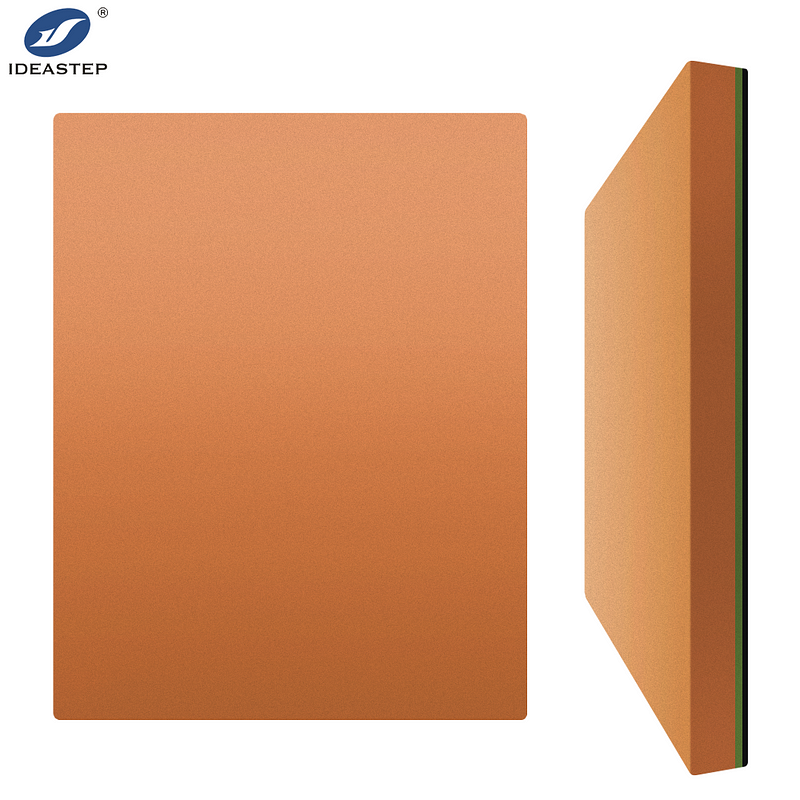Summary: Disadvantages of EVA Sole EVA sole, widely used in shoes and footwear, comes with several drawbacks despite its lightweight and flexible properties. Key disadvantages: * Water Absorption: Easily absorbs water, leading to increased weight and potential softening, compromising cushioning and stability. * Corrosion Resistance: Though resistant to corrosion, EVA sole can degrade over time due to oxygen and moisture exposure. * Environmental Concerns: Production involves harmful chemicals that can contaminate the environment. * Easy Dirtiness: Susceptible to dirt and grime, making cleaning and maintaining a fresh appearance difficult. Additional considerations: * The quality of EVA sole can influence its resistance to these disadvantages. * The suitability of EVA sole for specific projects should be carefully evaluated based on these drawbacks.

The Disadvantages of EVA Sole
Eva sole, a lightweight and flexible material commonly used in shoes and other footwear applications, unfortunately comes with certain drawbacks that should be considered. While it offers advantages in terms of comfort and cushioning, EVA sole also suffers from limitations that can impact performance and durability.
Key Disadvantages:
- Easy Absorption of Water: EVA sole readily absorbs water, leading to increased weight and potential softening of the material. This can negatively affect cushioning and stability, especially in wet conditions.
- Difficult to Corrode: While EVA sole is resistant to corrosion, it can degrade over time due to exposure to oxygen and moisture. This degradation process can lead to cracking and crumbling of the material.
- Environmental Concerns: EVA sole production involves the use of chemicals that can be harmful to the environment. These chemicals can contaminate water sources and contribute to air pollution.
- Easy to Dirty: EVA sole is susceptible to dirt and grime, making it difficult to keep clean and maintain a fresh appearance. This can be particularly problematic in outdoor settings where the material is exposed to various contaminants.
Additional Considerations:
It’s important to note that the disadvantages of EVA sole can vary depending on the specific manufacturing process and composition of the material. Higher-quality EVA sole may exhibit improved resistance to water absorption, corrosion, and environmental degradation.
Conclusion:
While EVA sole offers some advantages in terms of comfort and flexibility, its disadvantages should be carefully evaluated before its use in footwear applications. By considering the potential drawbacks, designers and manufacturers can make informed decisions regarding the suitability of EVA sole for specific projects.

FAQ
1. What is the primary disadvantage of EVA sole regarding water absorption?
Answer: EVA sole readily absorbs water, leading to increased weight and potential softening of the material, negatively affecting cushioning and stability.
2. How does EVA sole degrade over time?
Answer: EVA sole can degrade over time due to exposure to oxygen and moisture, leading to cracking and crumbling.
3. What environmental concerns are associated with EVA sole production?
Answer: EVA sole production utilizes chemicals that can contaminate water sources and air pollution.
4. Why is EVA sole difficult to keep clean?
Answer: EVA sole is susceptible to dirt and grime, making it challenging to maintain a fresh appearance.
5. What factors can influence the disadvantages of EVA sole?
Answer: The manufacturing process and composition of EVA sole can affect its resistance to water absorption, corrosion, and environmental degradation.
